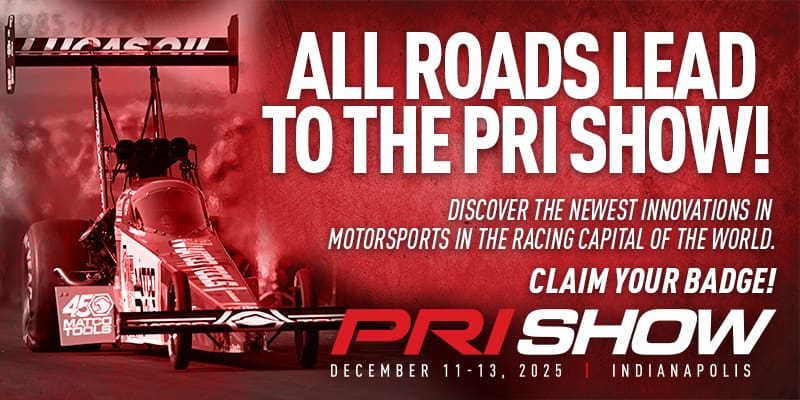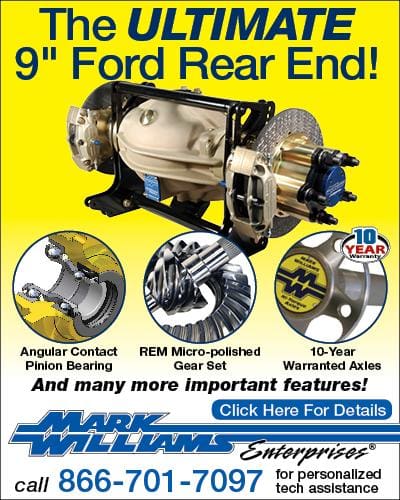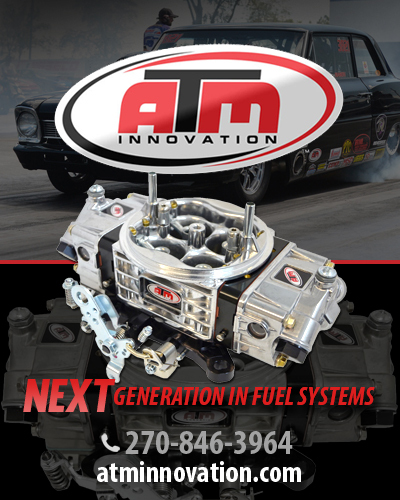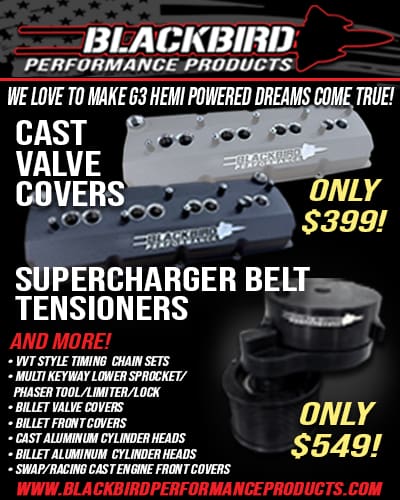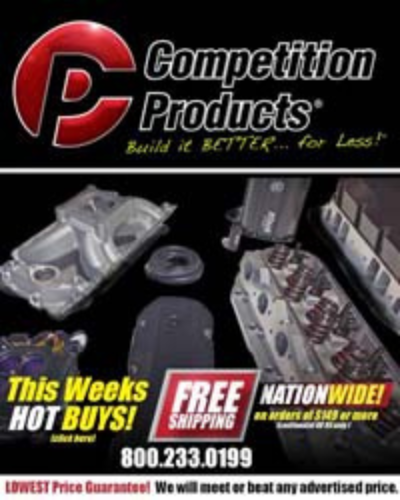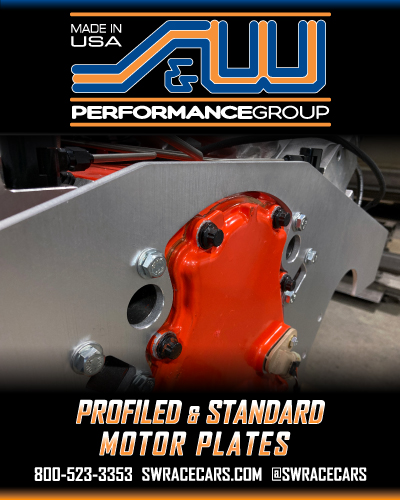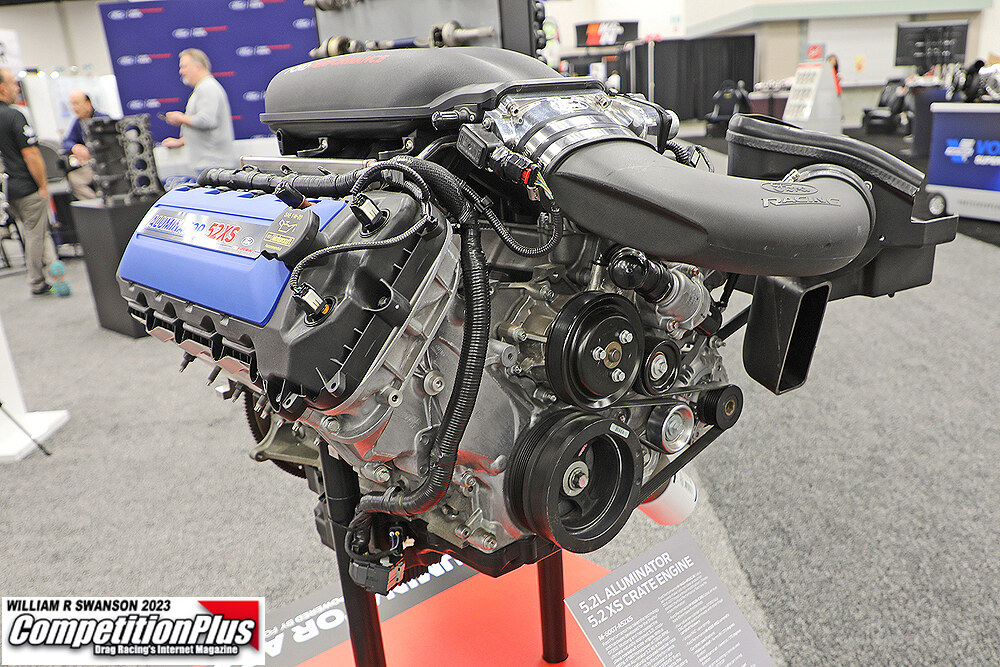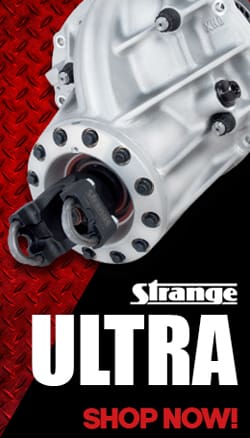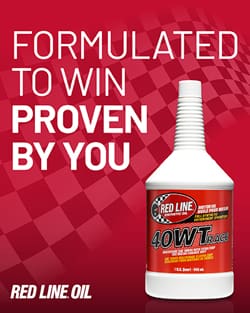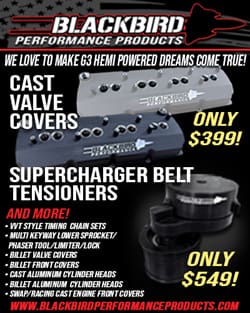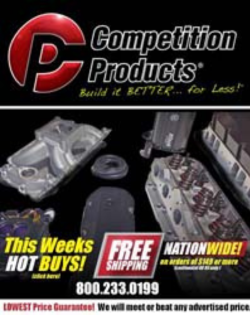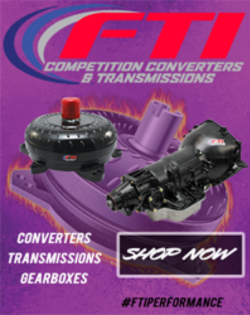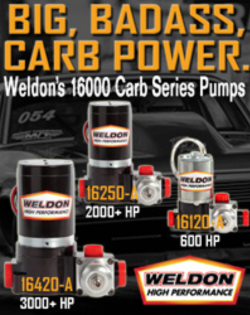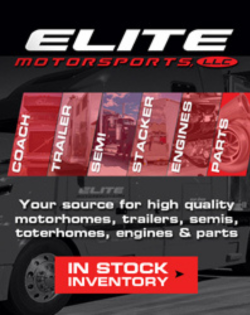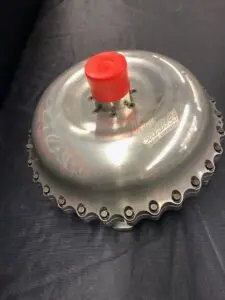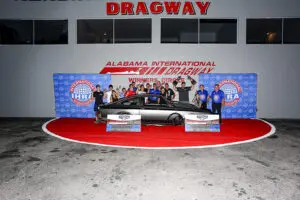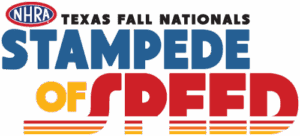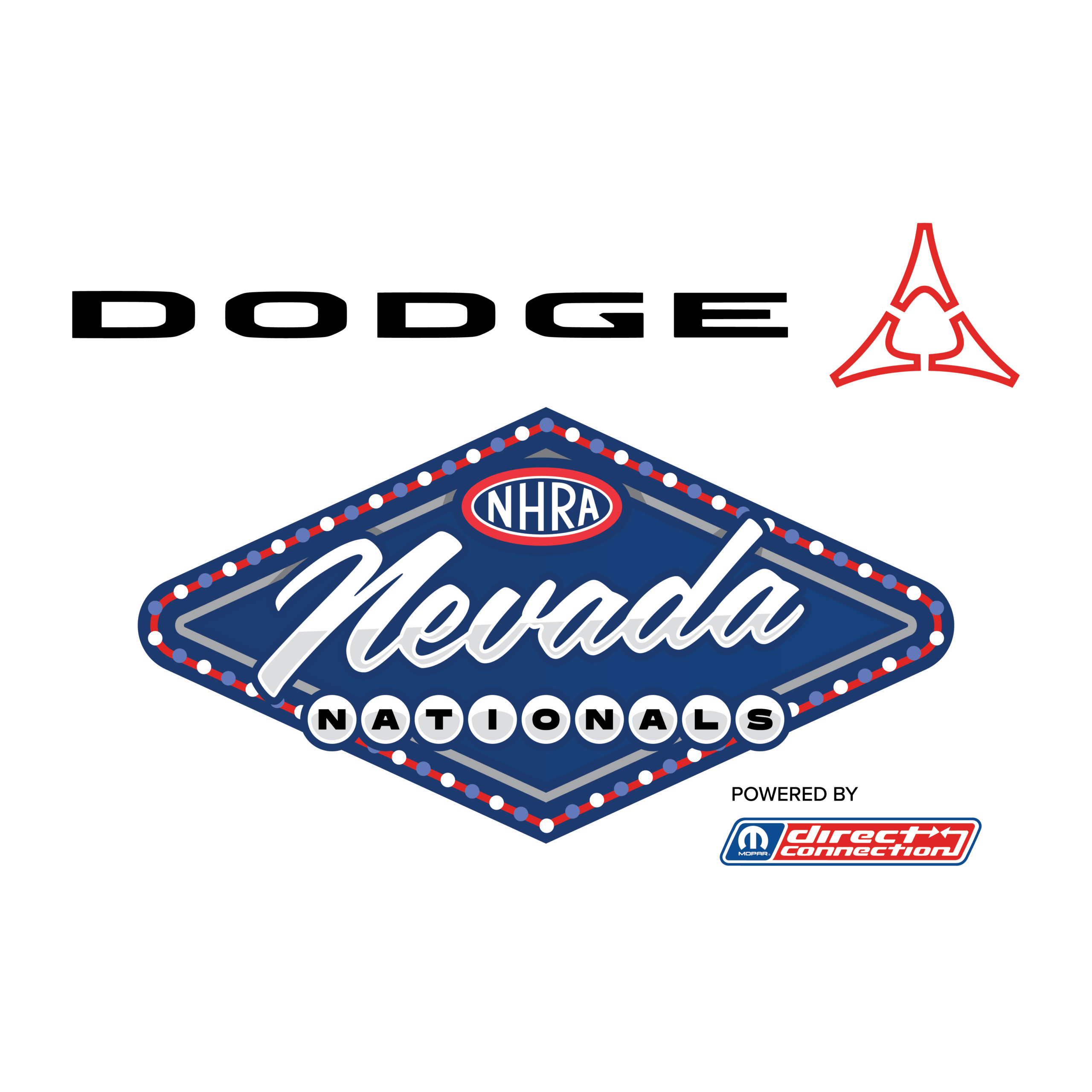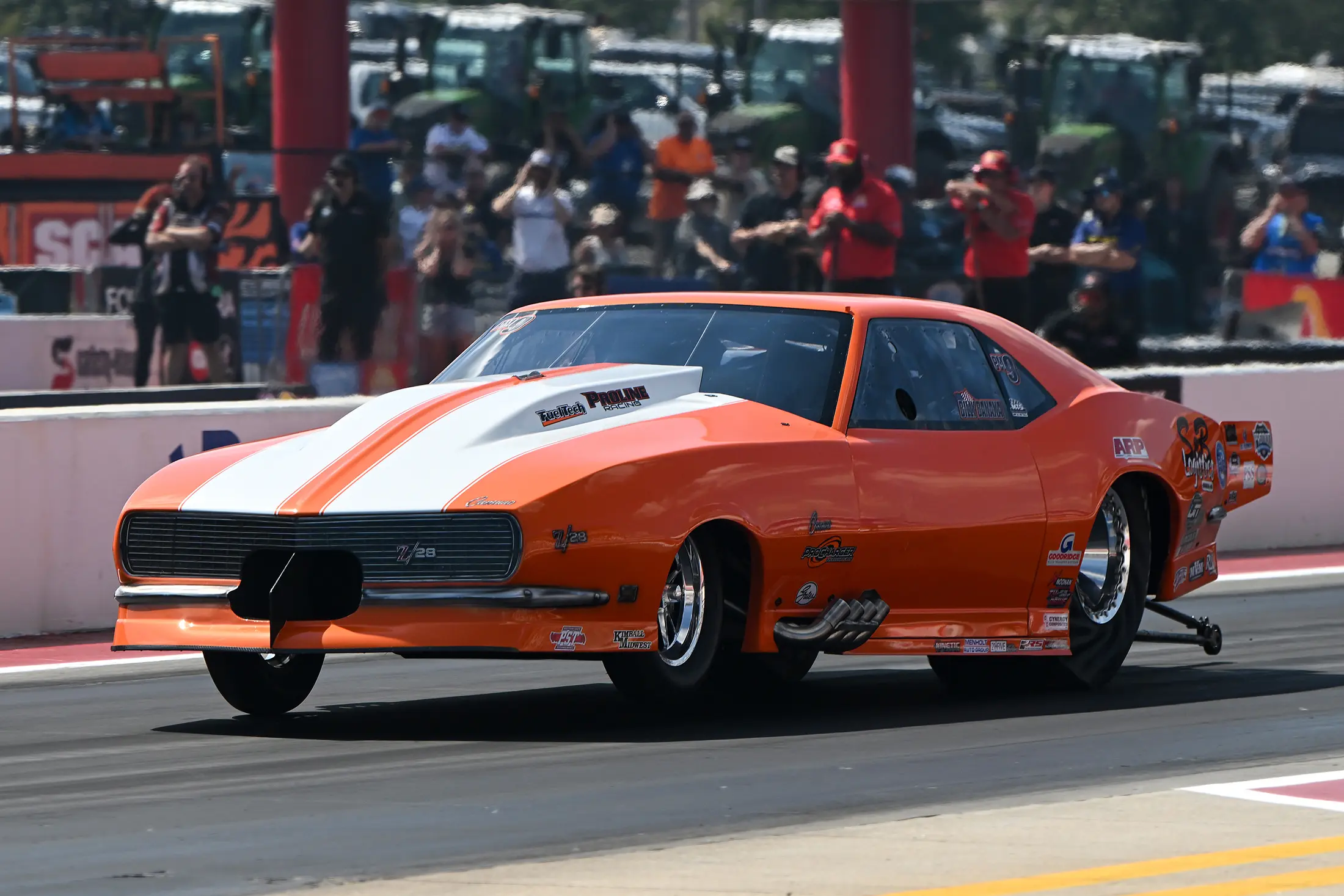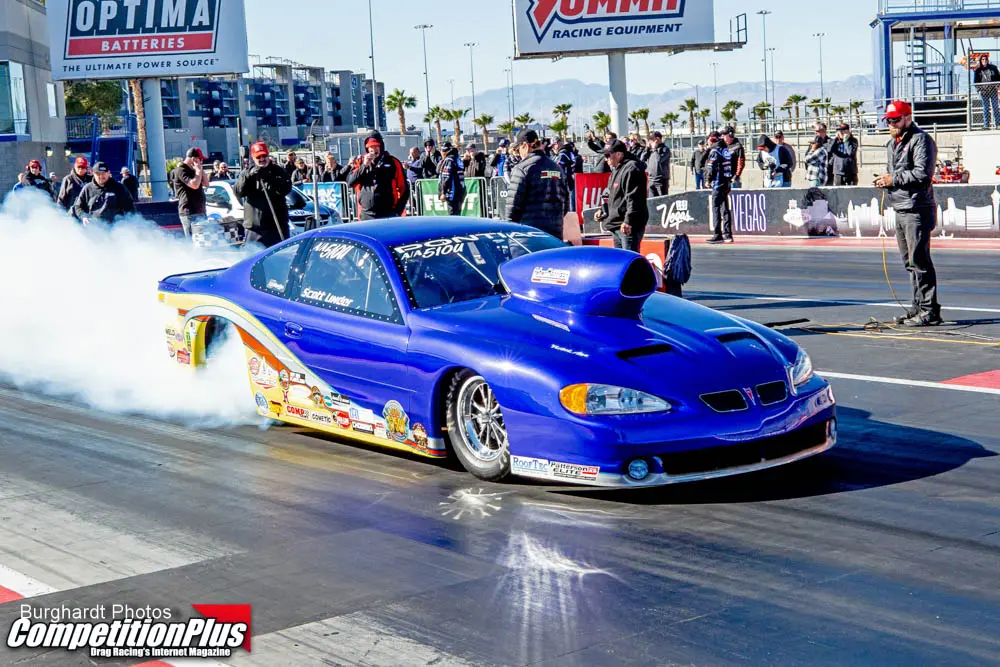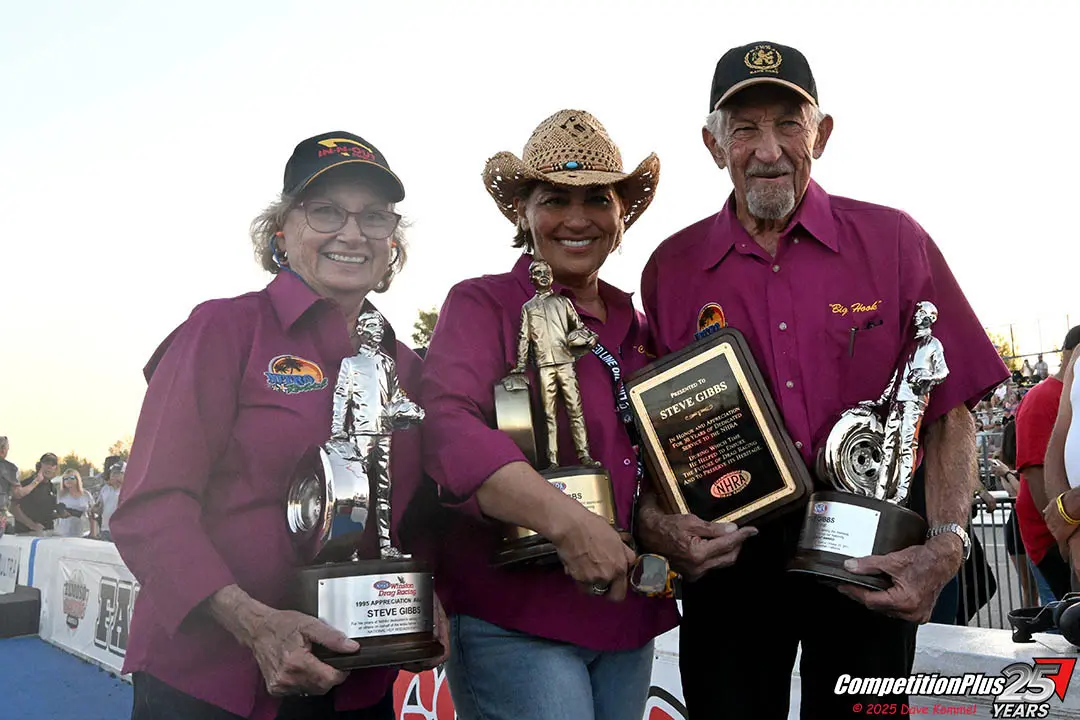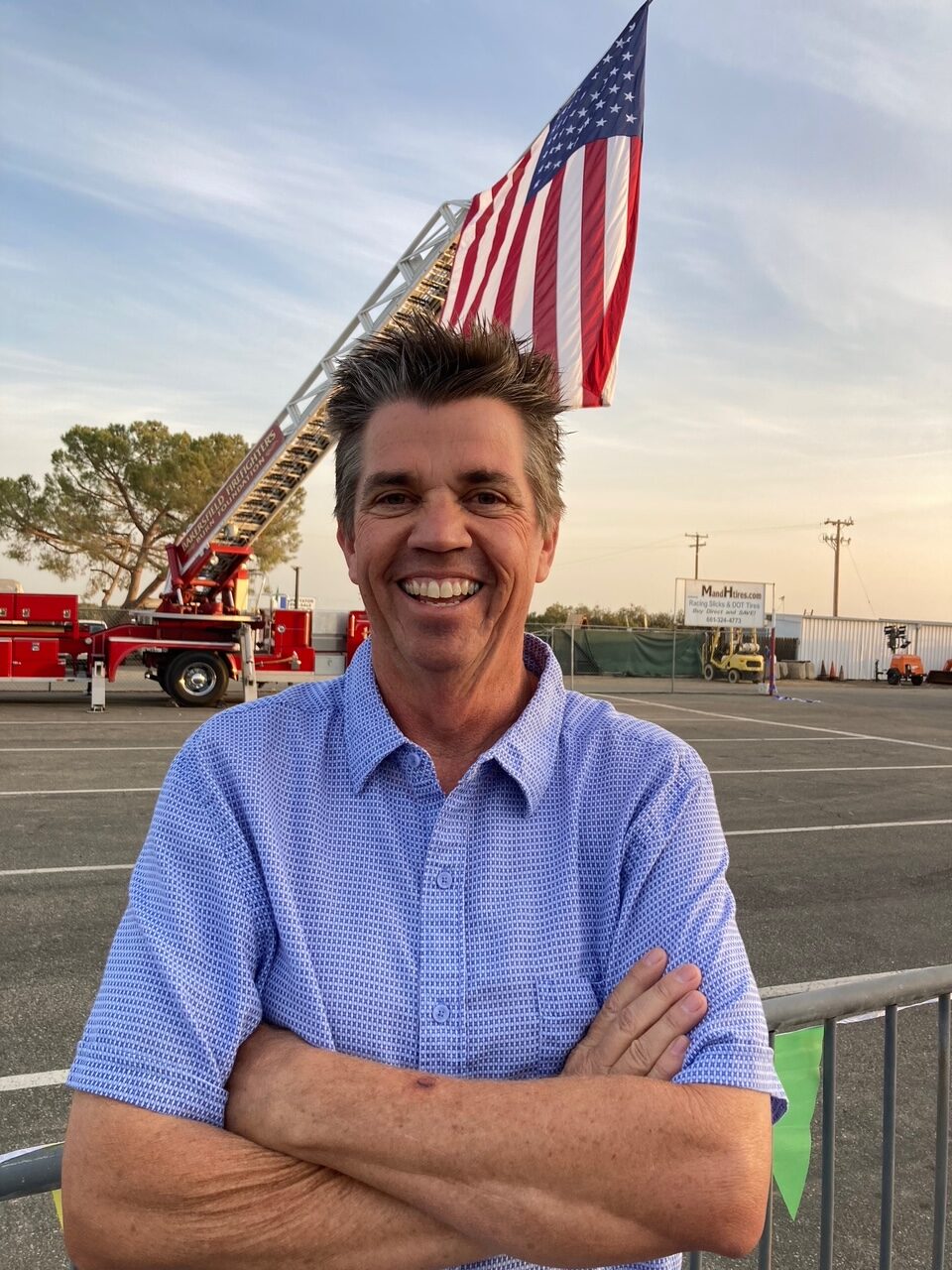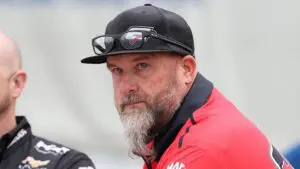Richard Freeman has spent the past decade turning Elite Motorsports into a Pro Stock powerhouse. In 2026, he’s taking that same formula to nitro with a full-time Top Fuel program headlined by Tony Stewart and guided by veteran tuner Mike Green.
R+L Carriers has signed on as the team’s first major sponsor, giving the new operation an early foundation. The plan calls for three Top Fuel cars at full stride, with six-time Pro Stock champion Erica Enders and teammate Aaron Stanfield expected to drive the additional dragsters.
Freeman and Green discussed the project on Competition Plus’ Power Hour, framing it as both a racing enterprise and a cultural reset. They want to blend Pro Stock and Top Fuel operations under one roof and press NHRA to reconsider allowing drivers to compete in multiple professional categories during the same event.
The team-building process began quietly and is now accelerating. “Yeah, it’s a process, but we’ve already started and well into it,” Green said. “Joe Barlam, we’ve already picked him to be a part of the team. Everybody’s still racing, so we have to be careful how we do it, but it’s started, and we’re looking forward to getting it going.”
Green said integrity is at the heart of how they’re recruiting. “You just want to treat everybody like you want to be treated,” he said. “We’re not going to do anything that’s not on the up and up.”
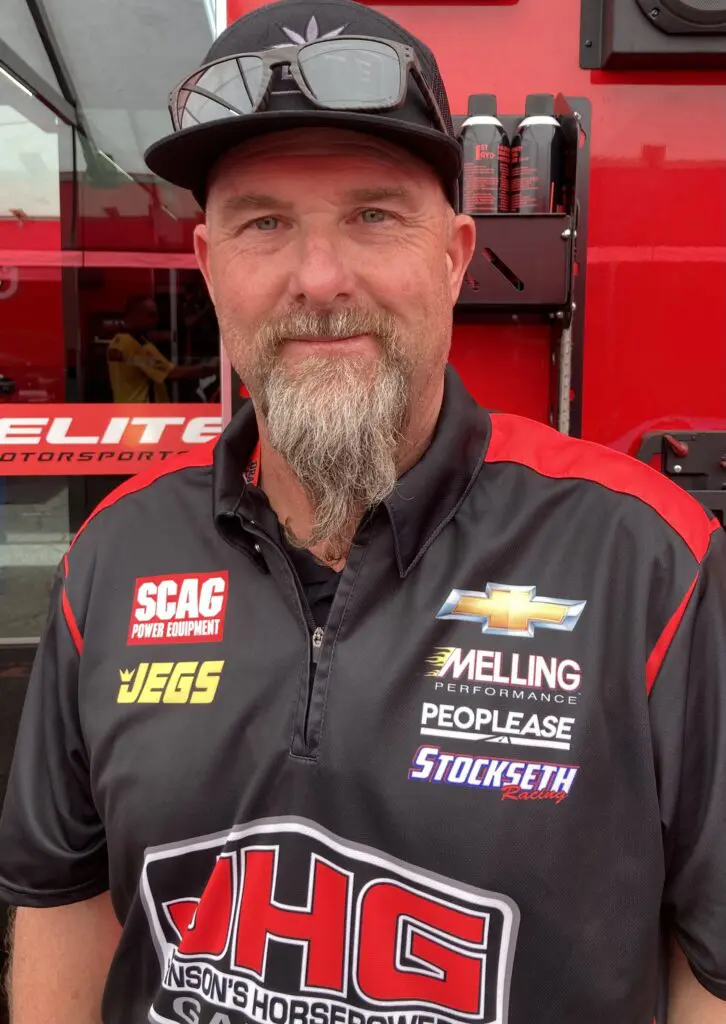
The build begins once the current season ends. “The main thing is letting Josh and the rest of the guys finish their year the way it should be done,” Freeman said. “After the year’s done, we’ll go to Josh’s shop and start with a clean slate. He’s got fantastic parts and people, and we’ll dive in right after the season.”
Two new chassis are already in production at PBRC. “We got two new cars coming that Josh already had on order, and we switched them to canopy cars,” Freeman said. “That was something Leah and Tony felt strongly about, and Tony’s comfortable in that. The first one’s coming off pretty quick.”
Green helped pioneer canopy technology while at Don Schumacher Racing and says the decision is about safety. “I think having the canopy on is a slight performance disadvantage,” he said. “It adds a little weight to the center of the car, but it was built for safety, not performance. I’ve never tuned a car without a canopy since NHRA approved it in 2012.”
He also noted additional protection measures built into the chassis. “We run an intrusion panel on the bottom of the cockpit, and nobody else runs that,” Green said. “We try to build the safest cars out there. It’s a small detriment to performance, but championships and races have still been won with canopies.”
Freeman’s alliance with Tony Stewart Racing will extend beyond the starting line. Hospitality, people, and presentation will showcase both Pro Stock and Top Fuel together. “I’ll have a meeting with NHRA in Las Vegas, and I expect it to look different,” Freeman said. “It’s an alliance of personnel and hospitality to make the sport more achievable and accessible.”
He wants the pits to mirror that unity. “I sent today all the layout, and they may have to lay some concrete, because it’s going to be crazy,” Freeman said. “Nine Pro Stock cars and possibly three fuel cars to start. In the pit area, you’re going to see something way different.”
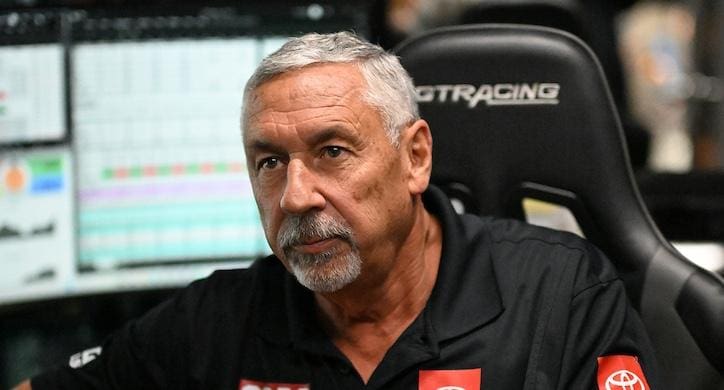
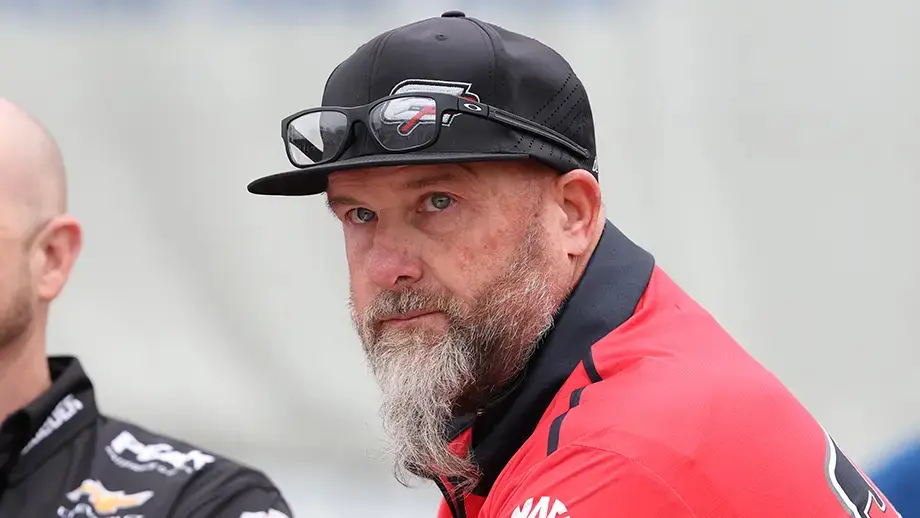
Freeman sees blending categories as good for business and growth. “We have to have people from the sportsman ranks coming up through,” he said. “I’ve got a lot of guys from Sam Tech and UNOH, and they’re unbelievable. They just need an opportunity, and that’s our plan.”
Green said technology will flow both directions. “Nitro engines run like bulldozers, and Pro Stock engines run like sewing machines,” he said. “There’s absolutely technology we can gain from being involved with the Pro Stock teams. It’s going to lead to things we haven’t explored.”
Culture, not just horsepower, is what Green believes will make the project work. “It really is this Elite culture that he’s made,” Green said. “It’s the people, and how he built this team, and how he plans on building the nitro side. That’s what will make this successful.”
Freeman agrees. “It’s 100% about people,” he said. He also believes the sport’s old divisions are fading. “When I started in Pro Stock, there were walls all over the pits,” he said. “Pro Stock guys didn’t intermingle with Top Fuel guys. Hell, fire, you just couldn’t do that.”
That’s changing now, he insists. “You’re going to see a lot of lines get crossed that just weren’t happening,” Freeman said. “Good or bad, it’s going to be intriguing on both sides. Up until now, this has never happened in our sport.”
Freeman still laughs about his exposure to nitro. “[The other Pro Stock teams] are going to be just like me, I hate this s***,” he said of nitro fumes. “I can’t breathe, I cry. I’m going to get me one of them breather masks and s***.”
Green smiled at the thought. “Nitro racing ain’t for sissies,” he said. Freeman replied, “I am a sissy, I’m just telling you. That s*** is crazy.”
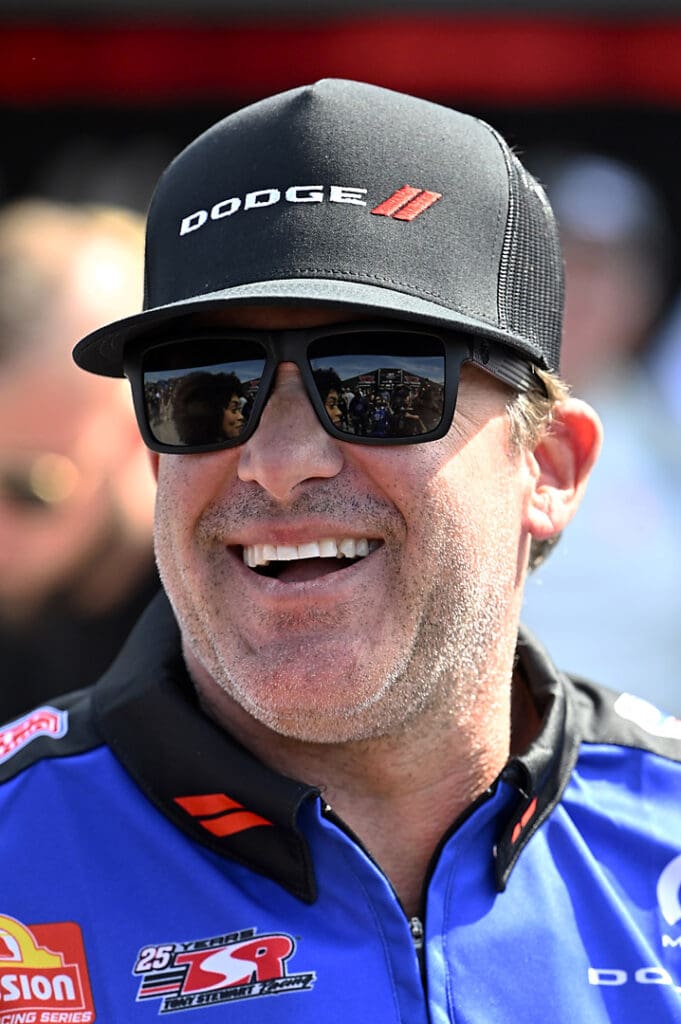
The centerpiece of the program, Tony Stewart, brings a proven record in both drag and oval racing. Green isn’t worried about his adaptation. “He’s a great driver and in a short time he’s become one of the top fuel drivers out there,” Green said. “The challenge is giving him a car capable of winning right off the bat.”
Freeman recalled Stewart’s composure when testing a Pro Stocker. “He staged the car and swapped feet like he’s done it a million times,” he said. “The first time he goes, you could lay a ruler across it.”
Stewart declined to rush the licensing process. “I said, ‘Hey, Tony, do you want to sign this stuff off and get your license?’ ‘Absolutely not,’ he said,” Freeman recalled. “He said, ‘I’m not ready to get my license. I need two more weeks of running.’”
Green brought in Joe Barlam to help speed that learning curve. “He was the first choice for me, and I’ve known him for 30-plus years,” Green said. “He’s smart, steady, and everybody who’s worked with him says, ‘We love Joe.’”
Freeman and Green share the same mantra: build it right, and build it for the long run. That begins with patience, precision, and people who believe in the vision.
“It’s going to take time,” Freeman said. “But we’re doing this the right way.”
Freeman’s broader goal is to help NHRA modernize both its pit flow and driver accessibility. He envisions a pit area where fans can move seamlessly from Pro Stock tear-downs to Top Fuel service. He also wants to reopen the conversation about letting professional drivers compete in multiple classes.
The timeline is tight, but the confidence is clear.
“Listen, I’d love to do that, but you guys got to give me time to take a breath,” Freeman said. “I’m trying to figure out how to pay Mike. We’ve got to crawl before we walk and walk before we run.
“We will be contenders from the get-go for sure,” Freeman said.
If the Elite formula carries over, the Top Fuel pits are about to look—and operate—differently. The tech will cross over, the people will mingle, and the show will be bigger for it.
Freeman is betting the sport needs that kind of shake-up — and he’s putting his name, his resources, and his future on the line to prove it.
“We may fail miserably,” Freeman said, “but I doubt it.”






